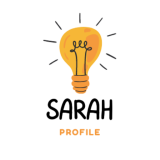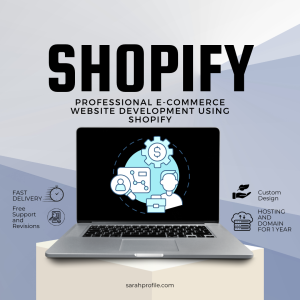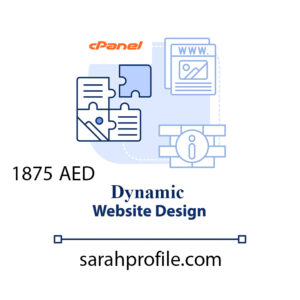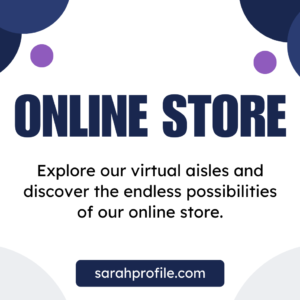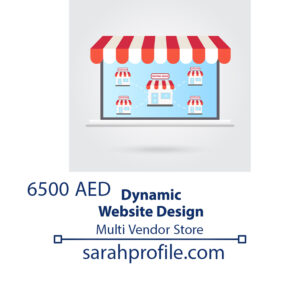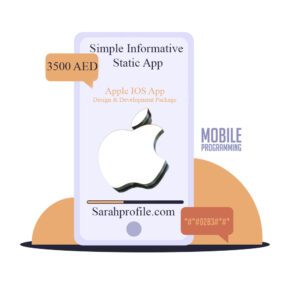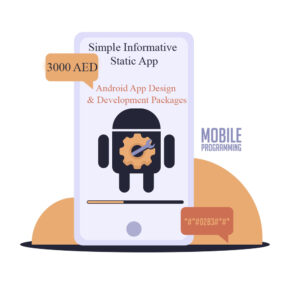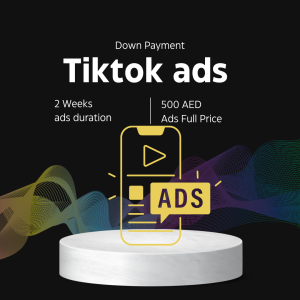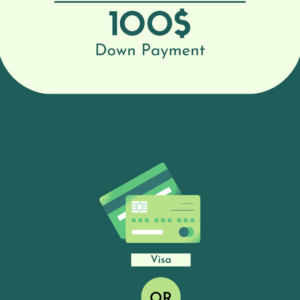
In the rapidly evolving world of web development, frontend frameworks play a crucial role in creating visually appealing, fast, and user-friendly applications. Whether you’re a beginner or an experienced developer, finding the best frontend frameworks can save you time and effort while delivering high-quality results.
This article explores the top frontend frameworks of 2024, their features, use cases, and why they stand out. If you’re wondering which framework suits your project, keep reading!
What Are Frontend Frameworks?
Frontend frameworks are libraries or tools that provide pre-written code, components, and templates to streamline the process of building the user interface (UI) of a web application. These frameworks help developers focus on design and functionality without reinventing the wheel. Choosing the best frontend frameworks can significantly improve the efficiency of your development process.
Why Choose the Best Frontend Frameworks?
Selecting the right framework ensures:
- Faster development with reusable components.
- Cross-platform compatibility for web and mobile.
- A robust, scalable, and maintainable codebase.
Now, let’s dive into the best frontend frameworks available today.
1. React.js: The Most Popular Frontend Framework
React.js, developed by Facebook, is one of the best frontend frameworks for building dynamic and interactive user interfaces.
- Key Features:
- Component-based architecture.
- Virtual DOM for fast rendering.
- Backed by a large community and ecosystem.
- Best For:
- Single-page applications (SPAs).
- Complex UIs with reusable components.
- Resources to Learn React.js:
2. Angular: A Framework for Enterprise Applications
Angular, developed by Google, is another contender among the best frontend frameworks, known for its comprehensive toolset.
- Key Features:
- Two-way data binding.
- Dependency injection for modular development.
- Built-in tools for testing and debugging.
- Best For:
- Large-scale enterprise applications.
- Projects requiring robust backend integration.
- Resources to Learn Angular:
3. Vue.js: Lightweight and Easy to Learn
Vue.js has gained popularity for its simplicity and flexibility, making it one of the best frontend frameworks for beginners and professionals alike.
- Key Features:
- Reactive data binding.
- Component-based structure.
- Smooth integration with existing projects.
- Best For:
- Small to medium-scale applications.
- Prototyping and MVPs (minimum viable products).
- Resources to Learn Vue.js:
4. Svelte: The Rising Star Among the Best Frontend Frameworks
Svelte is a newer framework that has gained traction for its innovative approach. Unlike traditional frameworks, Svelte compiles components into efficient JavaScript at build time.
- Key Features:
- No virtual DOM, resulting in faster performance.
- Simple syntax and lightweight structure.
- Best For:
- High-performance web applications.
- Developers looking for a minimalist framework.
- Resources to Learn Svelte:
5. Next.js: The Best Framework for Server-Side Rendering
Next.js, built on top of React, is one of the best frontend frameworks for building server-rendered or statically generated websites.
- Key Features:
- Built-in server-side rendering (SSR).
- Optimized for SEO and performance.
- Powerful API routes for backend integration.
- Best For:
- Static websites and blogs.
- E-commerce platforms.
- Resources to Learn Next.js:
6. Bootstrap: The Best Frontend Framework for Styling
Bootstrap is the most popular CSS framework, focusing on responsive design and pre-built components.
- Key Features:
- Mobile-first grid system.
- Extensive library of UI components.
- Customizable themes.
- Best For:
- Rapid prototyping.
- Developers with limited design skills.
- Resources to Learn Bootstrap:
7. Tailwind CSS: A Utility-First Framework
Tailwind CSS stands out as one of the best frontend frameworks for developers who want complete control over their designs.
- Key Features:
- Utility-first approach for custom designs.
- No pre-designed components, offering full flexibility.
- Best For:
- Custom web designs.
- Developers who prefer CSS over pre-made templates.
- Resources to Learn Tailwind CSS:
8. Foundation: A Responsive Frontend Framework
Foundation by Zurb is a responsive framework designed for professional-grade websites and apps.
- Key Features:
- Responsive grid system.
- Accessibility-focused components.
- Tools for email templates.
- Best For:
- Accessible websites.
- Responsive email designs.
- Resources to Learn Foundation:
How to Choose the Best Frontend Frameworks for Your Project
When deciding on the best frontend frameworks, consider:
- Project Requirements: Simple projects may only need lightweight frameworks like Vue or Svelte, while enterprise applications might require Angular or React.
- Team Skills: Use frameworks familiar to your team to save time on onboarding.
- Community and Support: Popular frameworks like React and Angular have extensive community support.
Conclusion
Choosing the best frontend frameworks depends on your project’s specific needs, your skill level, and future scalability requirements. Whether you’re creating a small personal project or an enterprise-grade application, the frameworks listed above will help you achieve your goals efficiently.
Dive into the resources mentioned, explore the demos, and start building amazing user interfaces today!
web development Package
-
web development
Professional E-Commerce Website Development Using Shopify
$200,00 Add to cartRated 0 out of 5 -
web development
Dynamic Website
Rated 0 out of 5$822,00Original price was: $822,00.$273,00Current price is: $273,00. Add to cart -
web development
E-commerce Website
Rated 4.00 out of 5$822,00Original price was: $822,00.$200,00Current price is: $200,00. Add to cart
